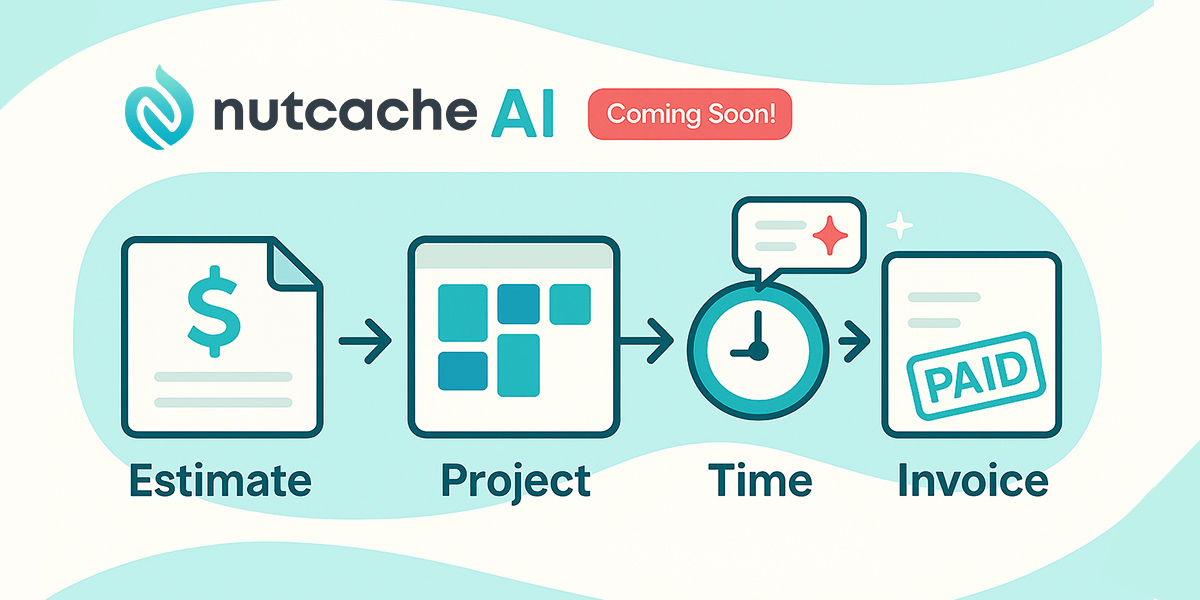Project management for A/E firms is evolving rapidly as technology, client expectations, and regulations reshape how projects are delivered. Modern project management practices are now central to navigating this environment, providing tools that streamline collaboration, safeguard sensitive data, and optimize productivity. This article explores the latest trends in project management for A/E firms, with a focus on artificial intelligence (AI), security and compliance, and human-centric leadership. By understanding these shifts, firms can position themselves to thrive in an increasingly competitive market.
The rise of AI in project management for A/E Firms
Artificial intelligence is no longer futuristic—it is a practical tool already influencing how project management is carried out. According to the Project Management Institute (PMI), AI is set to impact nearly 80% of project management tasks over the next decade. For architecture and engineering firms, AI is especially relevant in areas such as:
- Task Automation: Automating repetitive tasks like scheduling, reporting, or data entry frees up time for architects and engineers to focus on higher-value creative and technical work.
- Predictive Insights: AI can analyze historical project data to anticipate risks, delays, or budget overruns, allowing managers to take proactive measures.
- Natural Language Processing: Chatbots and virtual assistants powered by AI help teams find project details quickly, answer common questions, or even draft progress updates.
Example: A mid-size architecture firm might use AI-driven analytics to predict which phases of a hospital design project are most likely to experience bottlenecks. By anticipating issues early, the firm can allocate resources efficiently and avoid costly delays.
Security and compliance in project management for A/E Firms
A/E firms handle sensitive data daily—building plans, financial information, and client communications. With increasing cyber threats and stricter privacy regulations, A/E firms must prioritize security. According to a PwC 2024 Global Digital Trust Insights report, cybersecurity remains one of the top three concerns for professional services firms worldwide. Emerging best practices include:
- Multi-factor Authentication (MFA): Ensures only authorized users access project data.
- Data Encryption: Protects information both at rest and in transit.
- Regional Data Hosting: More firms are demanding data centers within their own country to comply with local laws, like GDPR in Europe or Quebec’s Law 25 in Canada.
These measures not only protect clients but also build trust. A client who knows their architectural blueprints are secure is more likely to continue working with the same firm.
Human-centric leadership in project management
While technology is transforming project management, human leadership remains at the heart of success. Harvard Business Review highlights that organizations balancing digital transformation with people-centered leadership achieve stronger long-term outcomes. For A/E firms, this means focusing on:
- Transparent Communication: Leaders must foster open dialogue, ensuring all stakeholders understand project goals, risks, and progress.
- Work-Life Balance: Workload tracking can help identify when employees are overloaded, preventing burnout.
- Collaborative Culture: Digital systems are most effective when paired with a culture that values collaboration across disciplines.
For example, a structural engineering team might use digital collaboration platforms to share updates in real-time, but the success of the approach depends on managers encouraging a culture of transparency and trust.

Emerging trends
Several additional trends are shaping how project management for A/E firms is adapting to modern challenges:
- Integration with Design Tools: According to a McKinsey study, firms that integrate project management with design and engineering tools report up to 15% higher productivity.
- Mobile Accessibility: On-site project managers and engineers increasingly rely on mobile access to project data for real-time decision-making.
- Client Collaboration Features: A Deloitte survey found that firms offering digital client collaboration tools experienced higher client satisfaction and faster project approval cycles.
Practical steps to follow
For firms wondering how to adapt, here are actionable steps to align with current project management trends for A/E firms:
- Audit Current Practices: Identify gaps in your existing project management workflows. Is security robust? Are you leveraging AI where it makes sense?
- Pilot AI Features: Start small by testing AI-driven scheduling or reporting on a single project.
- Train Staff: Ensure employees are comfortable with new processes by offering regular training sessions.
- Engage Clients: Highlight your commitment to security and innovation as a differentiator in proposals.
Conclusion
The landscape of project management for A/E firms is evolving quickly, and those that embrace AI, prioritize security, and foster human-centric leadership will be best positioned for success. While no tool can replace the creativity and expertise of architects and engineers, smarter and safer practices can amplify their impact, enabling firms to deliver projects more efficiently, securely, and collaboratively.
Key takeaway: The future of project management for A/E firms is not about replacing humans with technology—it’s about empowering people with smarter, safer, and more connected practices.






